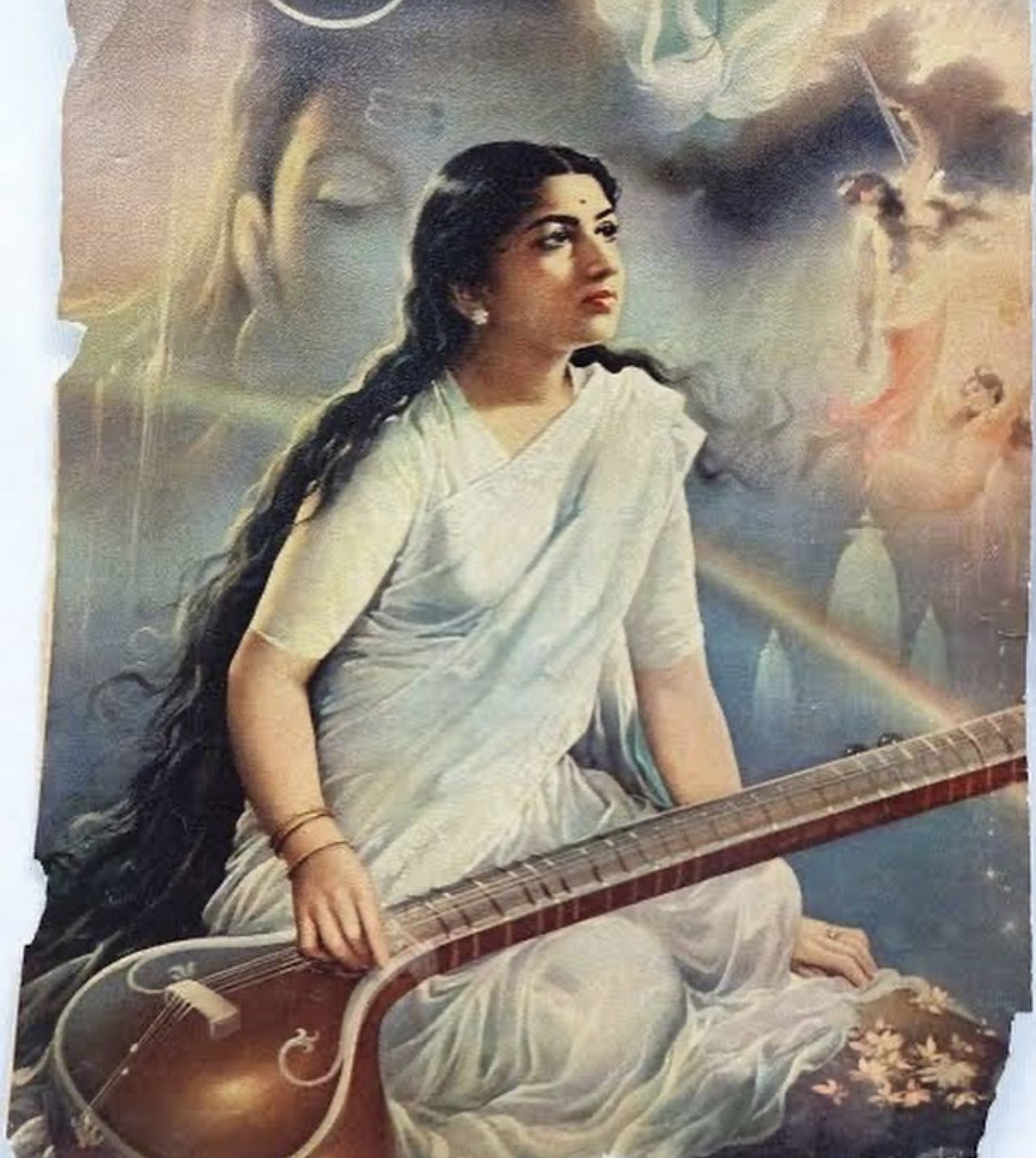 Migrating Iconographies
Migrating Iconographies
Iconography, as strictly defi ned, refers
to the study of all visual symbols and/or the
symbols themselves, but in popular usage
iconography is nearly impossible to separate
from religion and convention. Th e term itself
elicits immediate associations with religious
tradition(s). We think of Orthodox Christian
churches with gold-haloed saints painted on
15th century panels, reclining Buddhas in
Sri Lankan rock-cut temples, portrayals of
Vishnu , Durga and Shiva on the frescoed
walls of Keralan shrikoils, or the exacting
(conventional) proportions used in the
creation of South Indian bronze sculpture.
We do not think about Islamic religious art
the same way, largely because Islam has been
so resistant toward iconography in general.
What may come to mind are the traditional
decorative motifs used in Islamic architecture
and design, where the circle, the triangle,
the hexagon and the star take on symbolic
meaning, none of which, of course, is revered
in the manner a household Ganesha might be
revered. Th e popular use of the term “icon”
seems bonded to the concept of something
that is literally or fi guratively worshipped,
be it a deity, a Bollywood star, or a national
emblem. If iconography consists of nonalphabetic
visual symbols, then the crescent
and star of Islam perhaps comes closest to an
immediately recognizable Islamic religious
“iconography”, though they remain symbols,
and thus do not fi t a popular defi nition linking
iconography directly to divinities.
When an artist enters into the world of iconography he thus
enters into a world fraught with danger. For the passionate
believer, whether it is a belief in a religion, ideology or
nationality, icons exist as a physical extension of their core
beliefs, a representation of what they inwardly revere in the
material world. Th us, though we are all familiar with playful
depictions of the Mona Lisa in an untold variety of ways,
the Renaissance art historian who emotionally worships the
painting as a representation of all he thinks sacred about art,
may actually experience mental anguish at seeing Leonardo’s
work treated disrespectfully.

